Staff - U.S. Marine Close Combat Fighting Handbook
Here you can read online Staff - U.S. Marine Close Combat Fighting Handbook full text of the book (entire story) in english for free. Download pdf and epub, get meaning, cover and reviews about this ebook. City: New York, year: 2011, publisher: Skyhorse Publishing Company, Incorporated, genre: Children. Description of the work, (preface) as well as reviews are available. Best literature library LitArk.com created for fans of good reading and offers a wide selection of genres:
Romance novel
Science fiction
Adventure
Detective
Science
History
Home and family
Prose
Art
Politics
Computer
Non-fiction
Religion
Business
Children
Humor
Choose a favorite category and find really read worthwhile books. Enjoy immersion in the world of imagination, feel the emotions of the characters or learn something new for yourself, make an fascinating discovery.
- Book:U.S. Marine Close Combat Fighting Handbook
- Author:
- Publisher:Skyhorse Publishing Company, Incorporated
- Genre:
- Year:2011
- City:New York
- Rating:5 / 5
- Favourites:Add to favourites
- Your mark:
U.S. Marine Close Combat Fighting Handbook: summary, description and annotation
We offer to read an annotation, description, summary or preface (depends on what the author of the book "U.S. Marine Close Combat Fighting Handbook" wrote himself). If you haven't found the necessary information about the book — write in the comments, we will try to find it.
Staff: author's other books
Who wrote U.S. Marine Close Combat Fighting Handbook? Find out the surname, the name of the author of the book and a list of all author's works by series.

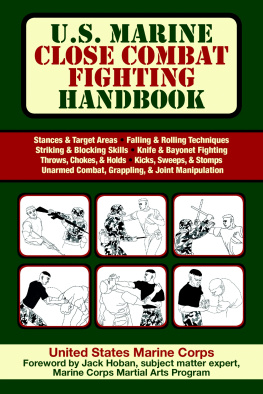

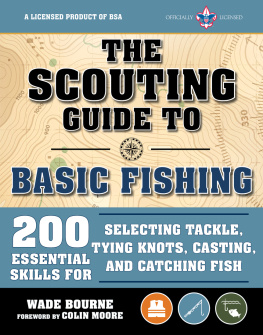
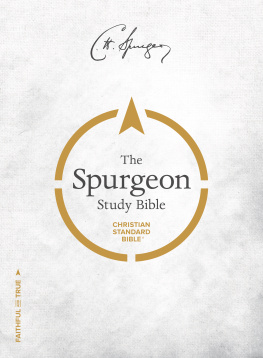



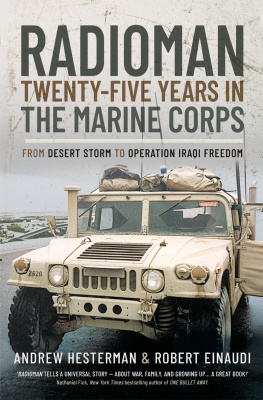
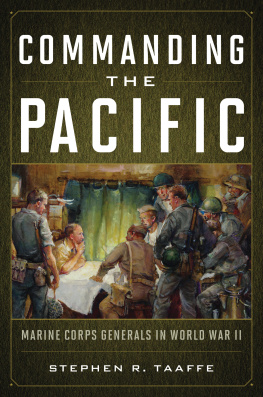
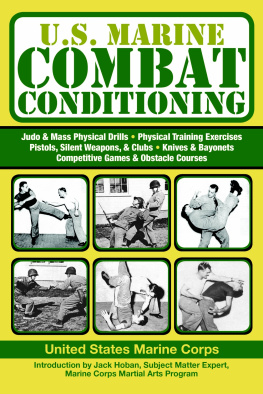
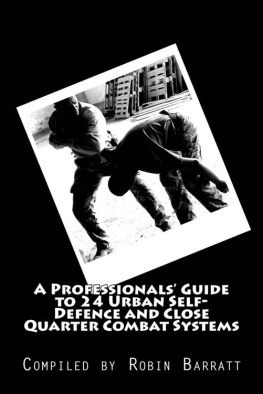
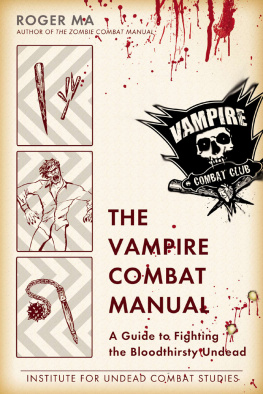

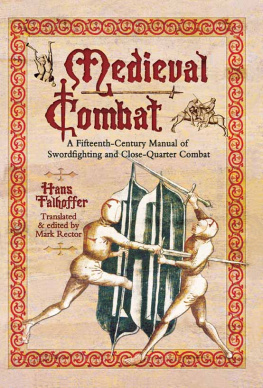



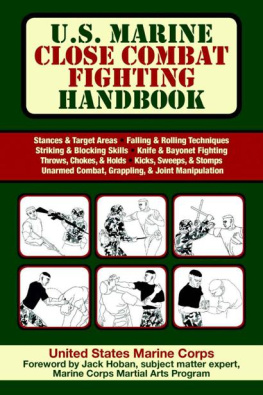
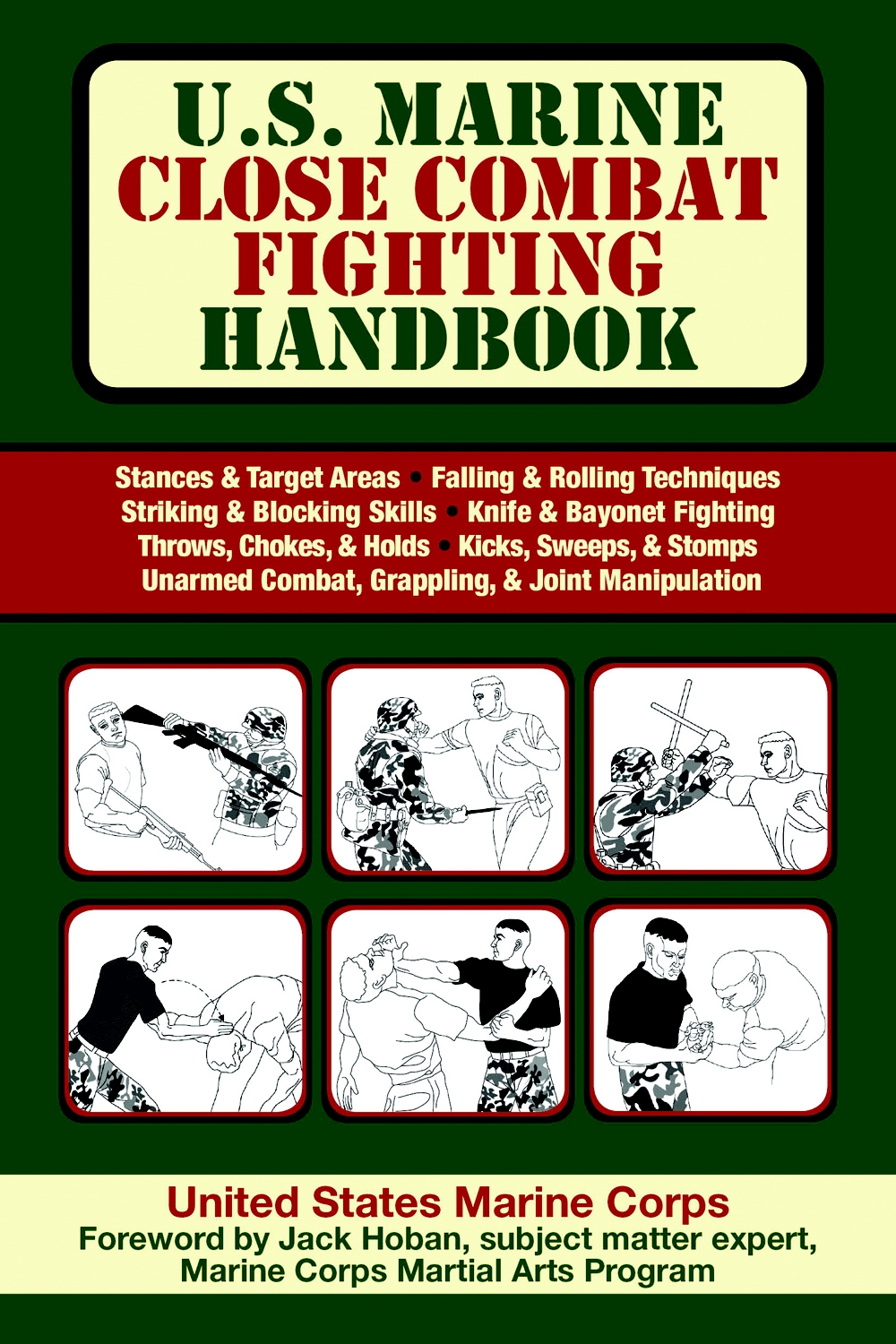
 Use the right hand to grasp the lower end of the pugil stick overhanded.
Use the right hand to grasp the lower end of the pugil stick overhanded. Use the left hand to grasp the upper end of the pugil stick underhanded.
Use the left hand to grasp the upper end of the pugil stick underhanded. Use the right forearm to lock the lower end of the pugil stick against the hip.
Use the right forearm to lock the lower end of the pugil stick against the hip. Orient the blade end of the pugil stick toward the opponent.
Orient the blade end of the pugil stick toward the opponent. Are you on light duty?
Are you on light duty? Are you restricted to running shoes by a corpsman or a doctor?
Are you restricted to running shoes by a corpsman or a doctor? Have you fought in a pugil stick bout within the last 7 days?
Have you fought in a pugil stick bout within the last 7 days? Have you received a blow to the head within the last 7 days?
Have you received a blow to the head within the last 7 days? Have you had a concussion within the last 6 months?
Have you had a concussion within the last 6 months? Have you had dental surgery within the last 24 hours?
Have you had dental surgery within the last 24 hours? Do you have stitches or staples on your body?
Do you have stitches or staples on your body? Have you had a shoulder or head injury within the last 5 years?
Have you had a shoulder or head injury within the last 5 years? Are you taking a prescription drug?
Are you taking a prescription drug? Do you have an ear infection or current sinus infection?
Do you have an ear infection or current sinus infection? Have you had a broken bone within the last 6 months?
Have you had a broken bone within the last 6 months? One close combat instructor must officiate the bout.
One close combat instructor must officiate the bout. One close combat instructor trainer, commissioned officer, or staff noncommissioned officer must be in the training area to serve as range safety officer.
One close combat instructor trainer, commissioned officer, or staff noncommissioned officer must be in the training area to serve as range safety officer. One corpsman must be in the training area.
One corpsman must be in the training area. Blurred vision.
Blurred vision. Ringing in the ears.
Ringing in the ears. Dilation of the pupils.
Dilation of the pupils. Slurred speech.
Slurred speech. Bleeding from ears or mouth.
Bleeding from ears or mouth.